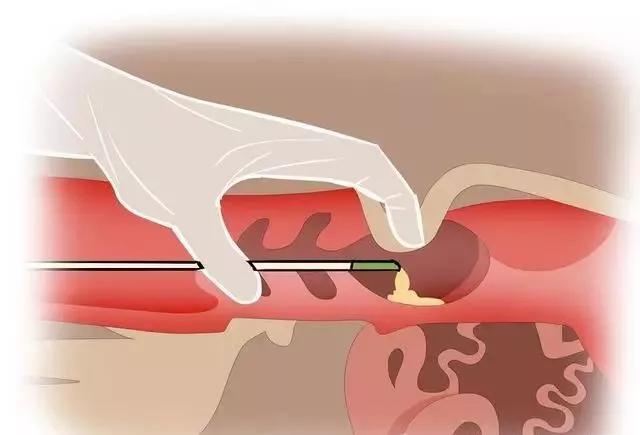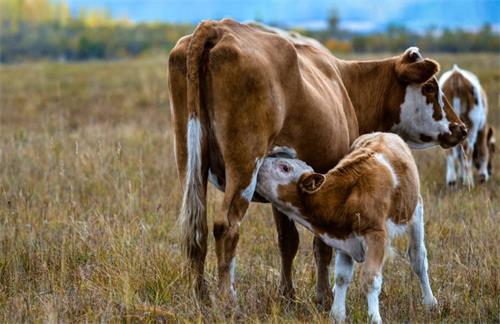The majority of embryonic deaths in cows occur in the early stages of attachment and the rapid growth stage of the outer embryonic membrane. Milk stress, heat stress, increased number of blastocysts, discomfort in the uterine environment, low sperm fertilization capacity, and poor management are all causes of embryonic death. During the management of pregnant cows, cattle B-ultrasound needs to be used frequently. A machine is used to check the condition of the embryos so that later management procedures can be made.
The critical period for embryonic survival is the late blastocyst stage. The failure of the blastocyst to implant may be due to lactation stress and endometrial regeneration. The developing corpus luteum secretes insufficient progesterone, causing uterine hormone imbalance and uterine disorder. The B-ultrasound of cattle can be used to detect the embryo in the early stage. The viability of the embryos was observed.
Heat stress has the most significant impact on embryonic development of cattle. If the ambient temperature causes the rectal temperature of a cow to continuously increase by 1.5°C, it will often cause fetal death if the cow is observed with a B-ultrasound machine. If a cow is exposed to an ambient temperature of 32°C for 72 hours after breeding, she will not be able to get pregnant. Regardless of the increase in ambient temperature or maternal temperature, the fertilized eggs of the cow will be destroyed by the high temperature. Therefore, breeding cows in high-temperature seasons often results in increased embryonic mortality and decreased pregnancy rates. In hot summers, cattle B-ultrasound needs to be frequently used to examine cow embryos.
The embryo mainly relies on the placenta for survival, and the development of the placenta is affected by the size of the uterine space and blood supply. If the number of blastocysts attached to a cow increases, it will reduce the blood supply to each part and limit the development of the placenta, leading to an increase in embryonic mortality. Therefore, when the cow uses B-ultrasound to detect twins in the unilateral uterine horn of the cow, it is necessary to Pay attention to observation more often. However, when a cow is pregnant with twins, as long as the twins are located in the cow's two uterine horns, the uterine volume does not limit the ability to carry twins.








